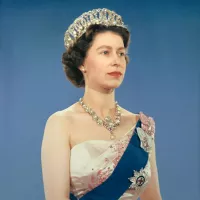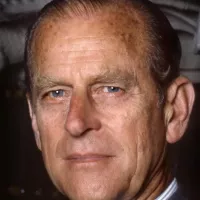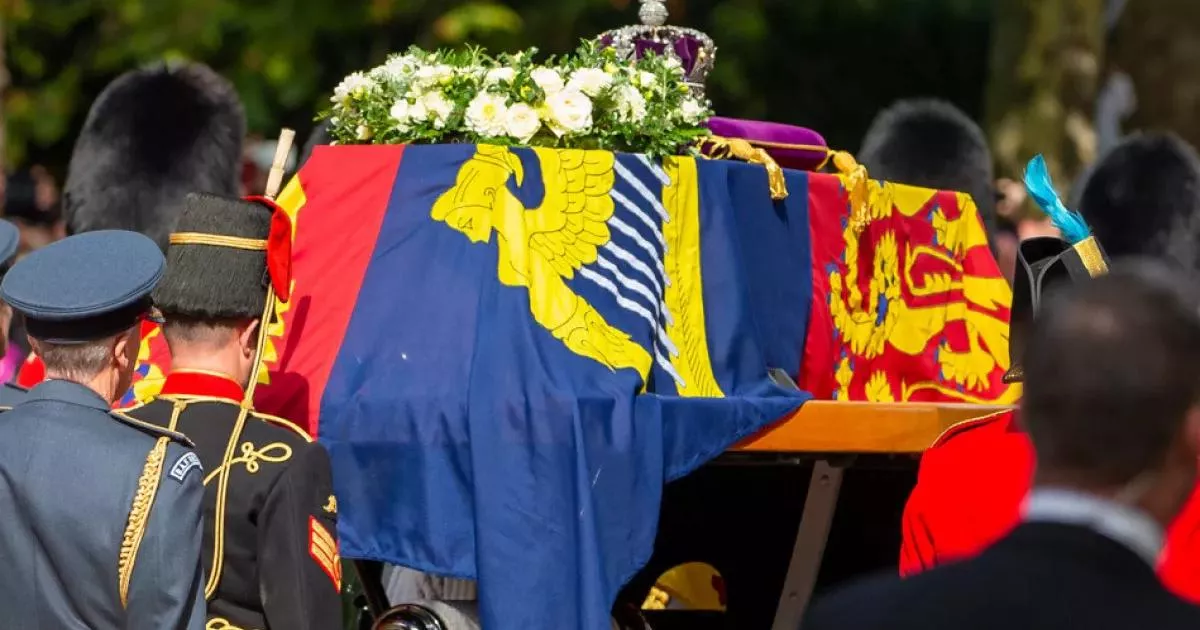Operation London Bridge was the detailed funeral plan for Queen Elizabeth II, outlining the process following her death, including the announcement, mourning period, and state funeral arrangements. Initially developed in the 1960s, it underwent multiple revisions to ensure a smooth execution upon her passing in September 2022.
1952: Codename Usage for Royal Deaths
In 1952, when King George VI died, the phrase 'Hyde Park Corner' was used to inform key government officials of his death. This practice aimed to prevent premature information leaks and became a standard for announcing royal deaths.
1968: Canadian Contingency Planning Document
In 1968, the Manual of Official Procedure of the Government of Canada outlined procedures for the death of the Queen. This document guided federal and provincial governments in planning for such an event.
1997: Funeral Planning for Princess Diana
In 1997, the funeral of Diana, Princess of Wales, was modeled after Operation Tay Bridge, which was initially designed for Queen Elizabeth The Queen Mother. This highlighted the consistency in royal funeral protocols.
2002: Operation Tay Bridge for Queen Mother
In 2002, Operation Tay Bridge, the plan for the death and funeral of Queen Elizabeth The Queen Mother, was executed. This plan had been rehearsed for 22 years, demonstrating the meticulous preparation for royal funerals.
2002: Canadian Preparations for Queen's Passing
In 2002, during Queen Elizabeth II's Golden Jubilee, Canada began preparations for her eventual death. This involved consultations across various government offices and the Canadian Armed Forces to ensure readiness for the transition.
March 2017: Public Revelation of Operation London Bridge
In March 2017, details of Operation London Bridge, the codename for Queen Elizabeth II's death plan, were first disclosed publicly in an article by The Guardian. This revelation highlighted the extensive planning involved in royal funeral arrangements.
2021: Operation Forth Bridge for Prince Philip
In 2021, Operation Forth Bridge was the codename used for the death and funeral plans of Prince Philip, Duke of Edinburgh. This demonstrated the tradition of using bridge names for royal funeral plans.
2021: RCMP's Role in Queen's Funeral Procession
In 2021, the Royal Canadian Mounted Police (RCMP) planned to use horses they had gifted to Queen Elizabeth II during her funeral procession in London. This request highlighted the RCMP's long-standing involvement in royal ceremonial events.
September 2022: Operation London Bridge Funeral Plan
In September 2022, the long-standing plan known as Operation London Bridge was implemented following the death of Queen Elizabeth II. The plan, which had been in development since the 1960s, detailed the announcement of her death, the period of official mourning, and the specifics of her state funeral.
September 2022: Activation of Operation Unicorn
On 8 September 2022, Operation Unicorn was activated alongside Operation London Bridge following the death of Queen Elizabeth II at Balmoral Castle in Scotland. This marked the beginning of the official mourning period and funeral arrangements.
2022: Australian Involvement in Queen's Funeral
In 2022, the Australian High Commissioner and members of the Privy Council were involved in the Accession Council following Queen Elizabeth II's death. Four official Australian state guests and an additional 12 Australians were expected to attend her funeral in London.
2023: Post-Coronation Funeral Planning for Charles III
In 2023, following his coronation, planning for Charles III's funeral arrangements began. The codenames for these plans were updated, reflecting the continuous evolution of royal protocols.
2024: Biography Claims on Charles III's Funeral Plans
In 2024, a biography of Charles III by Robert Hardman revealed that his funeral arrangements had been upgraded to Operation London Bridge, aligning them with those of Elizabeth II. This indicates ongoing planning for royal funerals even during a monarch's reign.
Mentioned in this timeline

Elizabeth II reigned as Queen of the United Kingdom and...
The Guardian is a British daily newspaper founded in as...

The name London Bridge refers to a series of bridges...
Canada is a North American country the second largest in...

Prince Philip Duke of Edinburgh was the husband of Queen...

A funeral is a ceremony for the final disposition of...
Trending

16 days ago Amon-Ra St. Brown's Status Uncertain for Lions vs. Cowboys Game Due to Injury.

18 days ago Marco Rubio's Venezuela Stance: War Sales Pitch and Social Media Influence Examined
5 months ago Trump's Tariff Easing on Serbia: Aims for Trade Deal with President Vucic
1 month ago Yankees Re-Sign Ryan Yarbrough to One-Year Deal: Bolstering Left-Handed Pitching
5 months ago Senator concerned JetBlue and United partnership may negatively affect market competition.

9 months ago Ian McKellen Returns to Marvel Universe in 'Avengers: Doomsday' as Magneto.
Popular

Candace Owens is an American conservative political commentator and author...

Tucker Carlson is an American conservative political commentator known for...

XXXTentacion born Jahseh Dwayne Ricardo Onfroy was a controversial yet...

Kashyap Pramod Patel is an American lawyer who became the...

Ilhan Omar is an American politician currently serving as the...

Bill Gates an American businessman and philanthropist revolutionized personal computing...
